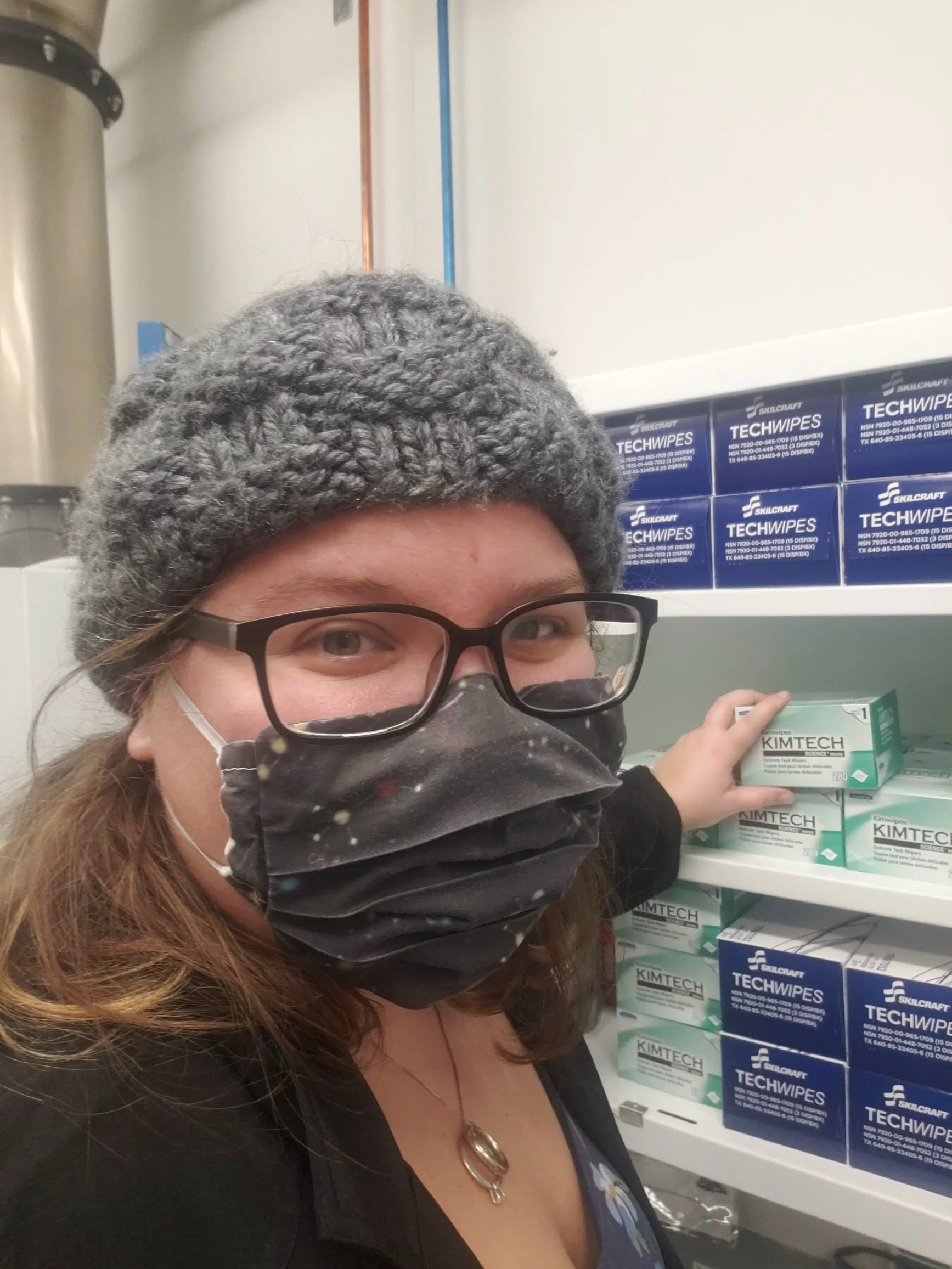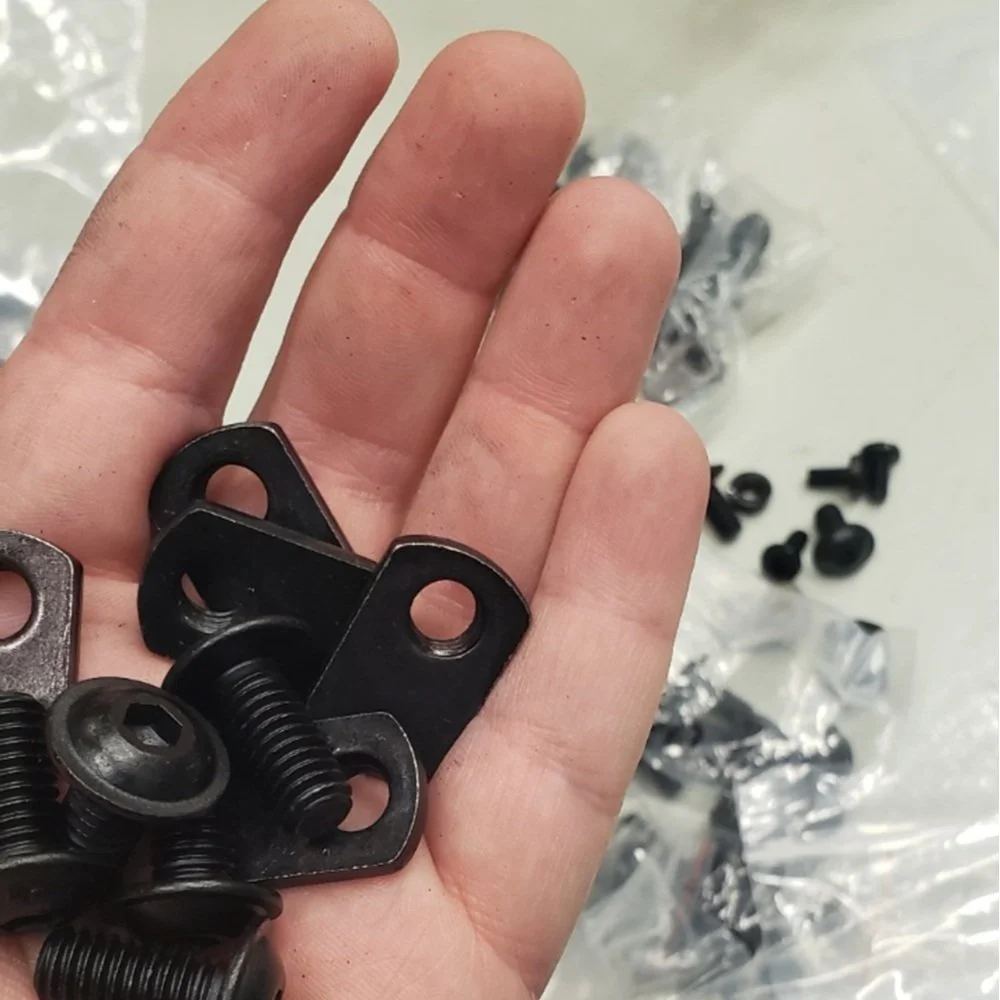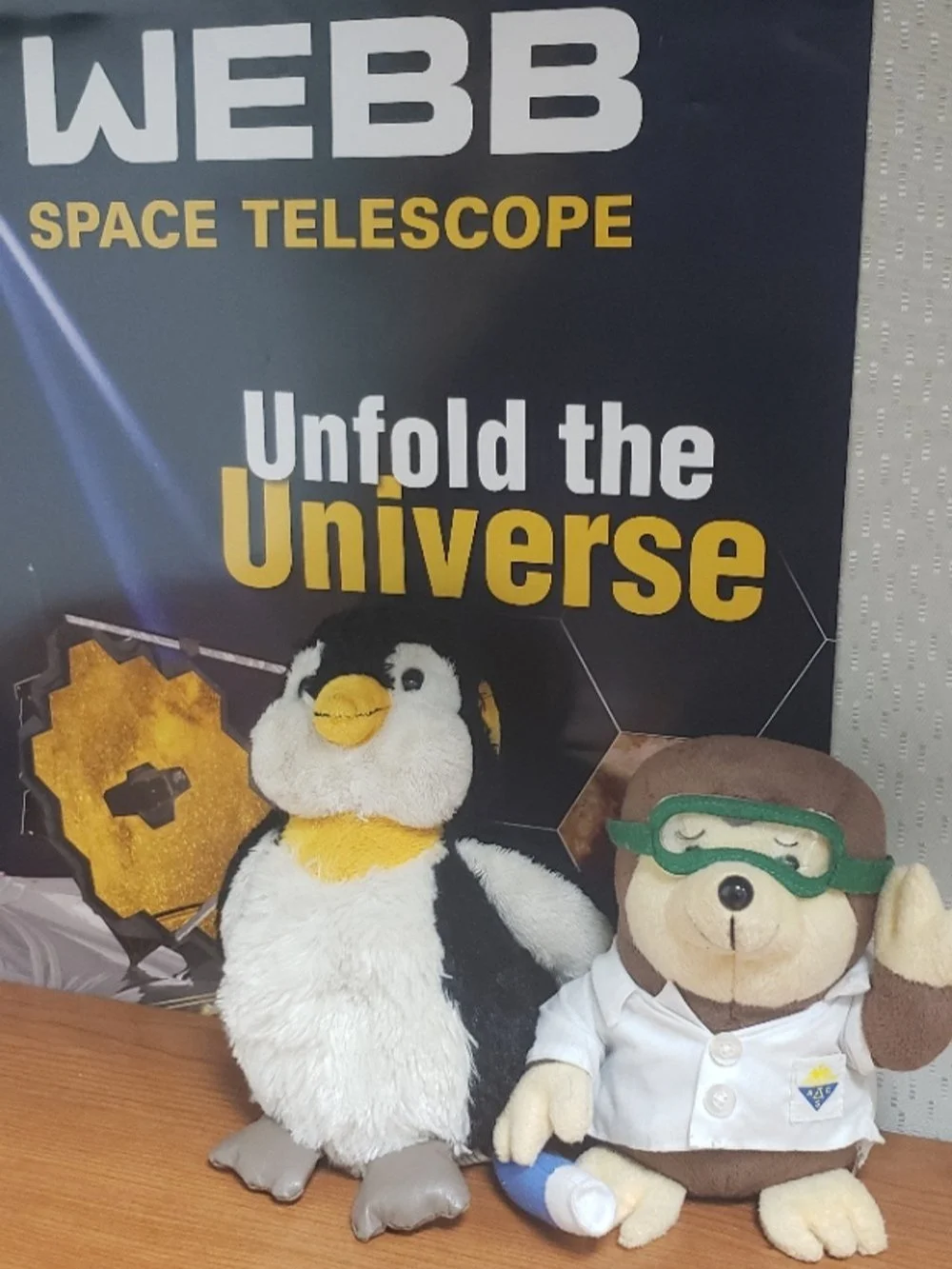Getting Started in the Lab
Olivia Wilkins
My NPP began with getting badged and lots of training. I’m still going through training, including an 8-hour cryogenics safety training that I just finished on Friday, as I head into Week 4, but my time is starting to shift more and more toward being occupied by lab duties. While I haven’t started any experiments yet, I am on my way to start them in the next couple of weeks or so.
I work alongside another NPP, Katarina, who is actually the one who built the experimental set-up. Katarina is great at helping me become acquainted with all of the equipment, and she is patient with my almost pure lack of prior knowledge. She’s also eager to share the experiment and has given me the opportunity to start getting my hands dirty. Fortunately, my first task was to restock the cabinet of Kimwipes (special paper fiber optic cleaning wipes used in laboratories).
I’m still qualified to restock Kimwipes after all these years not being in a lab!
In our first week together (my second week as an NPP), we moved some bulky vacuum pumps around. These “rough” pumps work to get our experiment chamber down to pressures of about 1 mbar (1 millibar), which is about one-thousandth of the atmospheric pressure at sea level. We also have turbopumps that get the chamber to much lower pressures, but these are lifted off the ground. The three rough pumps were resting on the ground, which makes changing their oil tricky. So, we pulled them out and built a framework to lift them off the ground about 4 inches. While reinstalling them, I dropped the biggest pump on my finger, which hurt a lot but caused no lasting damage. Even so, it felt great to get my hands dirty after more than five years of working strictly on a computer.
Building 34 looking like the setting of a horror movie after a day in lab.
Along the way, I learned how to detach different tubes and regrease the couplings. I also helped move the ridiculously large cryostat (think thermostat but for very cold temperatures) out of the chamber for some maintenance. One of my favorite tasks was sorting hardware, which was an important but mindlessly relaxing task.
Sorting all the hardware for T-slotted frames.
My first semi-solo task is to build a contraption called a purge box, which is giving me hands-on experience gathering quotes and putting together equipment orders. Part of the experimental setup uses Infrared (IR) spectroscopy to measure the ices. Unfortunately, IR is sensitive to water vapor in the air, which can contaminate the ice measurements. To overcome this, I’m building a container to enclose the IR optics (i.e., mirrors and lenses). This container—this purge box—will be flooded with inert gas to push the ambient atmospheric air and the water vapor therein out of the spectrometer’s line of sight. So far, I’ve requested quotes for the different components and put together shopping lists. Hopefully, the materials will come within a couple of weeks so I can build the purge box before our first experiments.
Güni sent along some friends one day to help me put together an order list for my purge box.
Even without having done any experiments yet, I can’t believe how much I’ve learned so far. Plenty of it is brand new, but some of it is a refresher from my time as a Fulbright fellow in the Cologne Laboratory Astrophysics Group. I feel like I’m quickly learning, and I cannot wait to put the list of experiments Katarina and I have drafted into practice.




